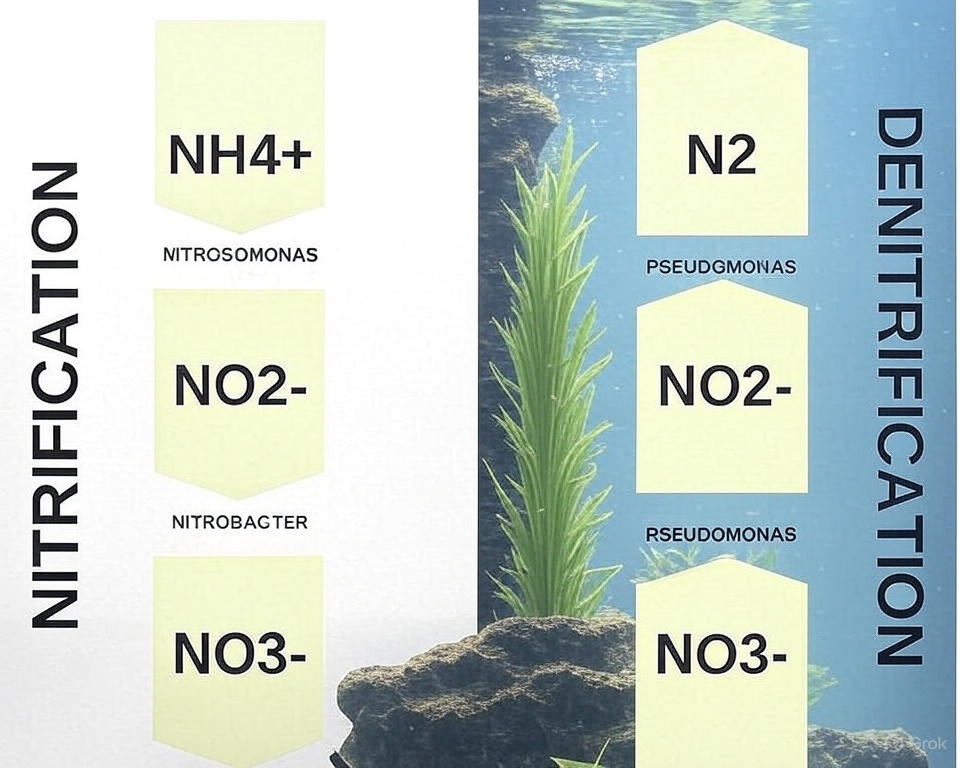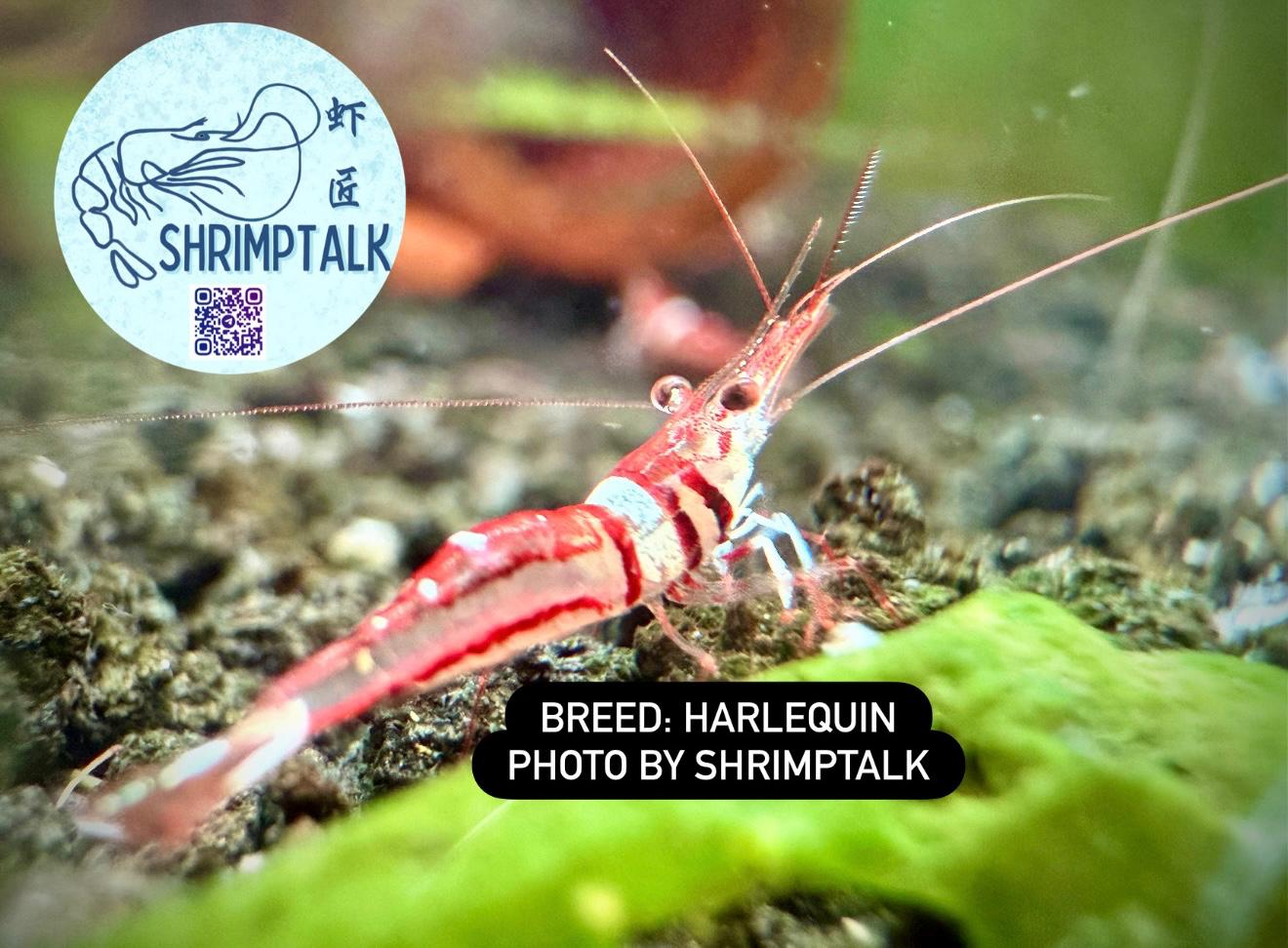Before diving in, note that Sulawesi shrimp are sensitive to water parameters: aim for pH 7.8-8.5, GH 4-6, KH 3-4, TDS 100-200 ppm, and temperatures of 82-86°F (28-30°C). Use RO/DI water remineralized with Sulawesi-specific salts to achieve this. Let’s get started!
Step 1: Choose and Prepare Your Aquarium
Start by selecting the right tank to house your Sulawesi shrimp. A smaller setup works well since these shrimp don’t need vast swimming space, but stability is key—opt for at least a 30cm cube (27-liter) tank to minimize parameter fluctuations.
Step 2: Add the Substrate
Sulawesi shrimp prefer an inert substrate that won’t alter water chemistry, as we’ll control parameters with minerals. Popular choices include fine sand like black lava sand, which mimics their natural habitat and allows for easy biofilm and beneficial bacteria growth.
Step 3: Incorporate Hardscape and Decor
These shrimp love rocky environments where biofilm (their primary food source) can develop. Add lava rocks, dragon stone, or other inert rocks to create caves and hiding spots.
Step 4: Set Up Filtration and Heating
Filtration should be gentle to avoid sucking in tiny shrimp—use a sponge filter or air-driven setup for biological filtration and oxygenation. Hang on back filters should always be fitted with a sponge to prevent shrimplets from being pull into the filter.
Step 5: Prepare and Add the Water
Use RO/DI water or distilled water (if you are just starting out the hobby) to start with zero minerals, then remineralize with Sulawesi minerals like ShrimpTalk minerals.
Step 6: Cycle the Tank
Cycle your tank to establish beneficial bacteria with commercial tank starter like Fritzyme 7. Add an ammonia source (like fish food) and monitor levels with test kits—aim for ammonia and nitrite to hit zero, with nitrates appearing. Depending on the setup, denitrification process can be achieved as well.

Step 7: Introduce Your Shrimp and Tank Mates
Start with 10-15 Sulawesi shrimp for a small tank to minimize tank ecosystem shock.

